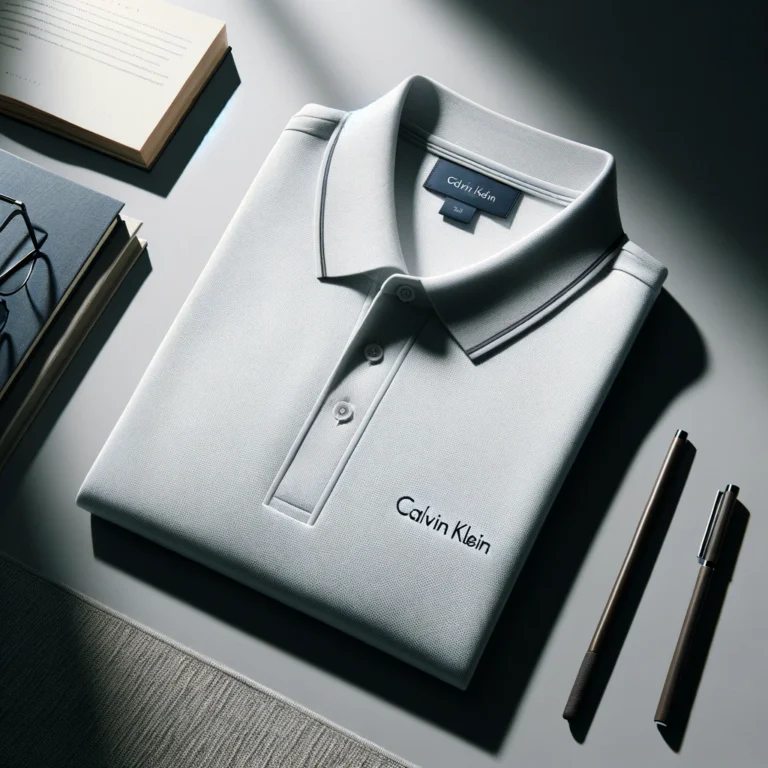Calvin Klein, one of the most recognized names in fashion, has been a pioneer in minimalist design and modern aesthetics. Founded in 1968 by designer Calvin Klein and his business partner Barry Schwartz, the brand has consistently pushed the boundaries of fashion, becoming synonymous with sleek, clean lines and understated elegance. This article explores the history of Calvin Klein, its impact on fashion, and its evolution over the decades.
Founding and Early Years
Calvin Klein started his fashion career with a small coat shop in New York City. In 1968, he launched the Calvin Klein label with a focus on coats and dresses. The brand quickly gained attention for its sophisticated and minimalistic designs, which stood out in the flamboyant fashion landscape of the late 1960s. By the early 1970s, Calvin Klein expanded its line to include sportswear, blazers, and lingerie, establishing itself as a full-fledged fashion house.
Rise to Prominence
The 1970s and 1980s were transformative years for Calvin Klein. The brand became known for its innovative and provocative advertising campaigns, often featuring bold imagery and controversial themes. One of the most iconic campaigns was the 1980 ad featuring a 15-year-old Brooke Shields with the tagline, “You want to know what comes between me and my Calvins? Nothing.” This campaign not only boosted sales but also cemented Calvin Klein’s reputation for edgy and memorable marketing.
In 1982, Calvin Klein introduced a line of men’s and women’s underwear that redefined the industry. The signature waistband with the Calvin Klein logo became a status symbol and a fashion statement, making underwear a key component of the brand’s identity. This move revolutionized the fashion industry and set new standards for branding and marketing in apparel.
Expansion and Diversification
Throughout the 1990s and 2000s, Calvin Klein continued to expand its product lines, including fragrances, accessories, and home goods. The launch of Calvin Klein fragrances, starting with Obsession and Eternity, achieved significant commercial success and remains popular to this day. The brand also introduced Calvin Klein Jeans, which became a staple in casual wear with its signature denim pieces.
Calvin Klein’s influence extended beyond clothing and fragrances. The brand became a cultural icon, embraced by celebrities, musicians, and fashion enthusiasts around the world. Its minimalist aesthetic and focus on high-quality, functional design resonated with a wide audience, making Calvin Klein a household name.
Recent Developments
In 2002, Calvin Klein Inc. was acquired by PVH Corp., a move that allowed the brand to expand its global reach and streamline operations. Under PVH, Calvin Klein has continued to innovate and adapt to changing market trends. The brand has embraced sustainability initiatives, focusing on eco-friendly materials and ethical production practices.
Calvin Klein has also leveraged digital marketing and social media to connect with a new generation of consumers. Collaborations with contemporary artists and designers, as well as a strong presence in digital and social media platforms, have kept the brand relevant in the fast-evolving fashion landscape.
From its humble beginnings in a small coat shop to becoming a global fashion powerhouse, Calvin Klein has consistently defined and redefined modern fashion. The brand’s commitment to minimalist design, innovative marketing, and high-quality products has ensured its lasting influence and success. As Calvin Klein continues to evolve, it remains a symbol of timeless elegance and contemporary style.

